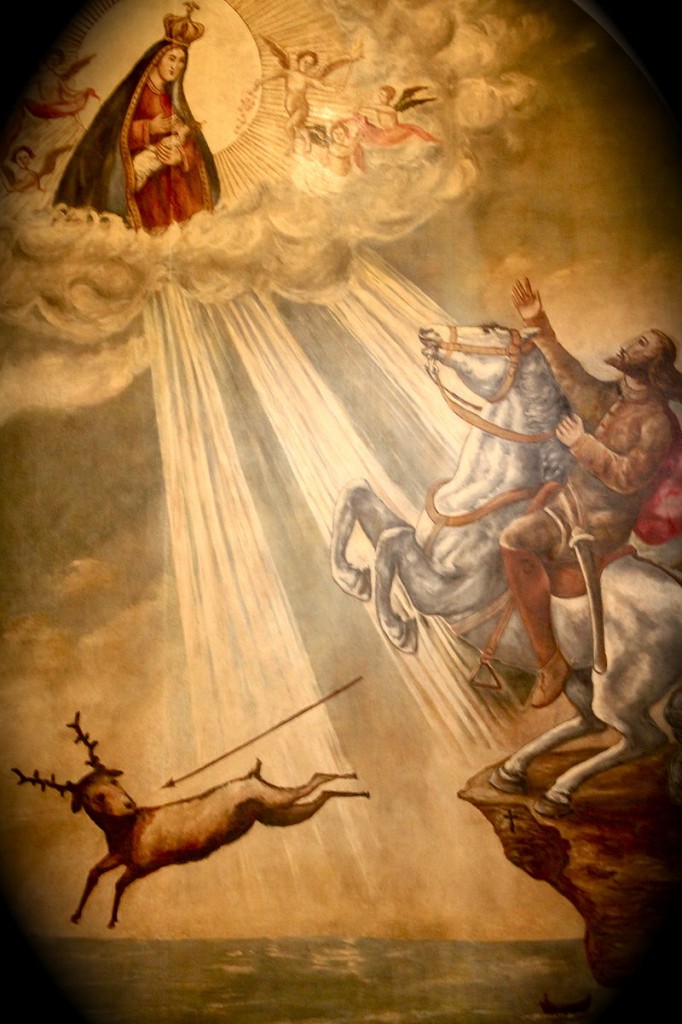Nazaré is a town and a municipality in subregion Oeste and Leiria District, in Portugal. It is one of the most popular seaside resorts in the Silver Coast, Costa de Prata, Portugal. The municipal holiday is September 8 with the Festas da Nazaré a religious and profane festival with processions, bullfights, fireworks, folk dancing and a fair.
The town consists of three neighbourhoods: Praia (along the beach), Sítio (an old village, on top of a cliff) and Pederneira (another old village, on a hilltop). Praia and Sítio are linked by the Nazaré Funicular, a funicular railway.
The earliest settlements were in Pederneira and in Sítio, above the beach. They provided the inhabitants with refuge against raids by Viking, later French, English and Dutch pirates, that lasted until as late as the beginning of the 19th century.
According to the Legend of Nazaré, the town derives its name from a small wooden statue of the Virgin Mary, a Black Madonna, brought by a monk in the 4th century from Nazareth, Holy Land, to a monastery near the city of Mérida, Spain. The statue was brought to its current place in 711 by another monk, Romano, accompanied by Roderic, the last Visigoth king of today’s Portugal. After their arrival at the seaside they decided to become hermits. The monk lived and died in a small natural grotto, on top of a cliff above the sea. After his death and according to the monk’s wishes, the king buried him in the grotto. Roderic left the statue of the Black Madonna in the grotto on an altar.
The first church in Sítio was built over the grotto to commemorate a miraculous intervention in 1182 by the Virgin Mary, which saved the life of the 12th-century Portuguese knight Dom Fuas Roupinho (possibly a templar) while he was hunting deer one morning in a dense fog. This episode is usually referred to as the Legend of Nazaré. In memory of the miracle he had a chapel (Capela da Memória) built over the small grotto, where the miraculous statue had been left by king Roderic after the monk’s death. Beside the chapel, on a rocky outcrop 110 meters above the Atlantic, one can still see the mark made in the rock by one of the hooves of Dom Fuas’ horse. This Church of Nazareth, high on the rocky outcrop over Pederneira bay, was noted as a landmark in sailors’ manuals.
In 1377, King Fernando I of Portugal founded a new more spacious church which was totally transformed between the 16th and 19th centuries. The Church of Nossa Senhora da Nazaré is a rich baroque building, with splendid tiles on its interior. Behind and above the main altar visitors can see and venerate the miraculous statue of our Lady of Nazaré.
Nazaré has become a popular tourist attraction, advertising itself internationally as a picturesque seaside village. Located on the Atlantic coast, it has long sandy beaches (considered by some to be among the best beaches in Portugal), with lots of tourists in the summer. The town used to be known for its traditional costumes worn by the fishermen and their wives who wore a traditional headscarf and embroidered aprons over seven flannel skirts in different colours. These dresses can still occasionally be seen.






Comments are closed.